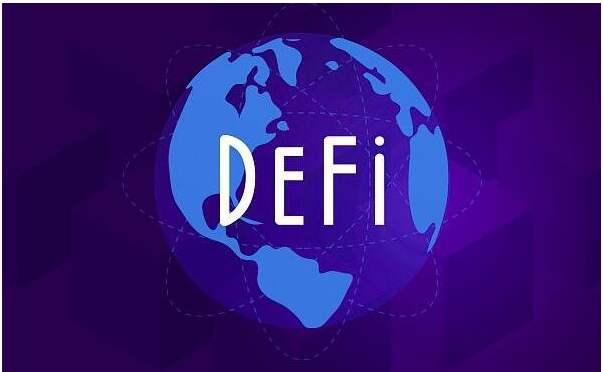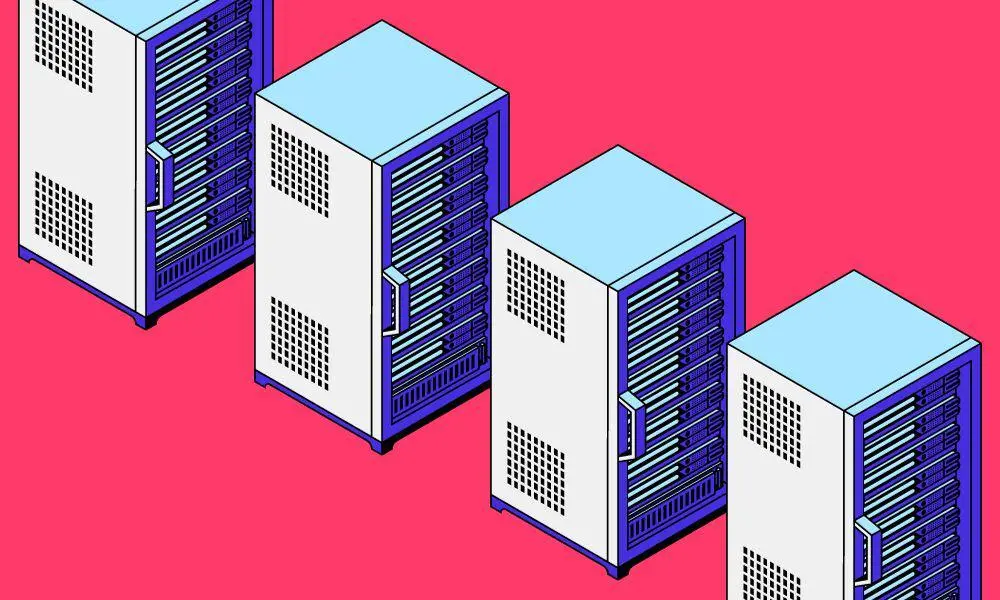DeFi "liquidity as a service" is rapidly emerging, a quick overview of core projects and innovations
Written by: 0xEvan
Compiled by: Perry Wang
Why is Liquidity So Important?
Liquidity is important because the operation of all cryptocurrencies relies on liquidity, just as the world relies on fossil fuel energy. DeFi protocols and platforms with higher liquidity depth will be able to support more efficient trading, and over time, will outpace other protocols and platforms to form a monopolistic moat, creating a money-making model similar to companies like Google and Microsoft that can print money at will.
It has been proven that liquidity mining is the preferred method for DeFi startups to guide liquidity. This method initially achieved great success in attracting liquidity for protocols. However, the cost is very high, and it has been found that major liquidity providers (LPs) often sell the harvested tokens to lock in personal gains due to economic incentives. This increases the selling pressure on the tokens, weakens the purchasing power of the project treasury, and harms the token value for long-term holders of the protocol.
Capital efficiency is a key metric for the treasury, as project teams spend millions of dollars weekly to attract liquidity for their projects. The Liquidity as a Service (LaaS) industry is currently experiencing rapid growth, attracting a total locked value (TVL) of $5 billion in less than a quarter by providing greater liquidity depth and higher capital efficiency. Protocols like CurveBribes, Olympus Pro, Tokemak, and UMA are becoming major representatives in this emerging industry.
Curve Bribes ------ Guiding Liquidity
DeFi protocols can participate in Curve bribes to increase liquidity depth. When protocols participate in Curve bribes, they control greater voting power through bribery, guiding liquidity to their desired Curve pools.
The Abracadabra protocol has achieved great success with bribes, creating over $700 million in total liquidity for its decentralized token MIM. As a result of the bribes, the Curve Bribes in the MIM pool on the Curve protocol increased liquidity rewards (SPELL + CRV incentives), allowing LPs to earn higher yields. Currently, about $14 million/month (130 million SPELL tokens @ $0.028) is allocated to Curve Bribes and Curve's new voting system. At a rate of $14 million/month, Abracadabra's liquidity depth has significantly increased.
Olympus Pro ------ Bond Market
Olympus Pro allows protocols to create a market where LPs can trade their LP tokens in exchange for tokens held in the protocol treasury, such as governance tokens or other tokens in the treasury. This market enables protocols to buy back their liquidity and ultimately own all liquidity, allowing them to provide liquidity themselves without paying large amounts to incentivize liquidity pools. The market uses a bonding mechanism to create a more efficient market through automatic price discovery.
This approach not only diversifies treasury funds by holding LP tokens but also reduces liquidity costs, which are typically one of the highest recurring expenses for projects. For example, Alchemix releases about 16,000 ALCX weekly (about $30 million/month @ ALCX = $475) to incentivize liquidity pools. A potential drawback of Olympus Pro is that it requires high upfront costs to start buying back liquidity. Project teams often sell governance tokens at a discount to raise funds, replacing the rewards allocated to LPs.
Since the launch of Olympus Pro in October, OP bonds have secured $7.5 million in liquidity for our first seven partners—Abracadabra, Alchemix, Float Protocol, Frax, Pendle, ShapeShift, and StakeDAO. The TVL of Olympus DAO has grown from 150 million dollars in September 2021 to nearly 4 billion dollars (this article was written at the end of October 2021).
Tokemak ------ Decentralized Market Maker
Tokemak provides decentralized market maker services for any other protocol, creating sustainable liquidity and more capital-efficient markets. The Tokemak team was originally spun off from the professional DeFi market-making company Fractal. Tokemak recently began liquidity deployment work, completing its first C.o.R.E, with the second C.o.R.E planned to launch in early November 2021. As of the end of October 2021, Tokemak's TVL has exceeded $1 billion in less than two months, and it will launch its guided liquidity version service through TOKE voting rights in December 2021.
In this project, LP rewards are paid in TOKE, and the transaction fees collected accumulate within the protocol. Over time, these fees will reach a critical mass—"singularity"—allowing the protocol to sustain itself without needing LPs. After that, TOKE holders can guide these capital flows in ways they deem appropriate, earning transaction fees without needing to pay any more TOKE rewards, thus closing the liquidity cycle.
Success Tokens ------ Another Option for Treasury Fund Diversification
Success tokens (proposed by the UMA protocol) allow DAOs to offer investors call options on governance tokens. Investors pay full price for the tokens. This could be a favorable way to raise funds from venture capitalists or other treasury investors, as two treasuries can diversify their funds by exchanging these call options. Who wouldn't want call options on their favorite DeFi projects?
Range Tokens as a Capital-Efficient Way to Obtain Liquidity
Range tokens launched by UMA allow DAOs to borrow funds without the risk of liquidation while achieving treasury fund diversification. The functionality of Range tokens is similar to convertible bonds. The advantage of raising funds using Range tokens is that governance tokens are sold later, presuming that the value of governance tokens is higher than the price at which funds were initially raised, thus improving the capital efficiency of governance tokens. Governance tokens can be used to open risk-free collateral debt positions composed of Range tokens, with project teams using the raised funds to finance treasury purchases/expenditures, such as using Olympus Pro Bonds or Tokemak to buy liquidity.
The UMA pilot program using Range tokens raised $2.6 million from investors. The term of Range tokens is 3 months, with an APY yield of 25%, and the price range set for UMA tokens is between $4 and $12. If the UMA price is above $12 at maturity, the effective APY for investors will be higher than 25%, as investors effectively hold a call option at $12. If the UMA price is below $4 at that time, the actual APY yield for investors will be lower than 25%, but investors will effectively hold a short position on a put option at $4. The distribution between the UMA project team and investors is completed at a 1:1 ratio to enhance speed and simplicity, but it can flexibly meet the best distribution method for treasury needs.
KPI Options Can Incentivize Treasuries to More Effectively Acquire Liquidity
KPI options are financial derivative contracts launched by UMA that allow protocols to incentivize work that achieves specific KPI (Key Performance Indicator) goals and pay rewards based on the achievement of KPI metrics. KPI options provide an alternative for liquidity incentives and attempt to align the incentives received by LPs with those of the protocol itself to prevent excessive selling pressure on tokens while increasing liquidity depth; the greater the achieved liquidity depth, the more rewards the project team will pay.
Although the current approach rewards higher liquidity depth, the capital efficiency of this scheme is poor, as the more successful KPI options are, the higher the liquidity depth achieved, and the higher the cost of capital expenditure. Conversely, KPI options should incentivize the adoption of LaaS services, such as Curve Bribes, Olympus Pro, and Tokemak. This will introduce a new economic incentive to encourage more sustainable liquidity acquisition strategies.
Conclusion
LaaS is a rapidly growing sector of the crypto infrastructure industry, with high demand, as every DeFi protocol needs liquidity. As various protocols scramble for the currently available LaaS services, not all protocols are utilizing the most capital-efficient methods to achieve sustainable liquidity procurement. As the DeFi space continues to evolve, LaaS will continue to thrive and create the financial services Lego needed for the future of the DeFi industry.
Source link: mirror.xyz











